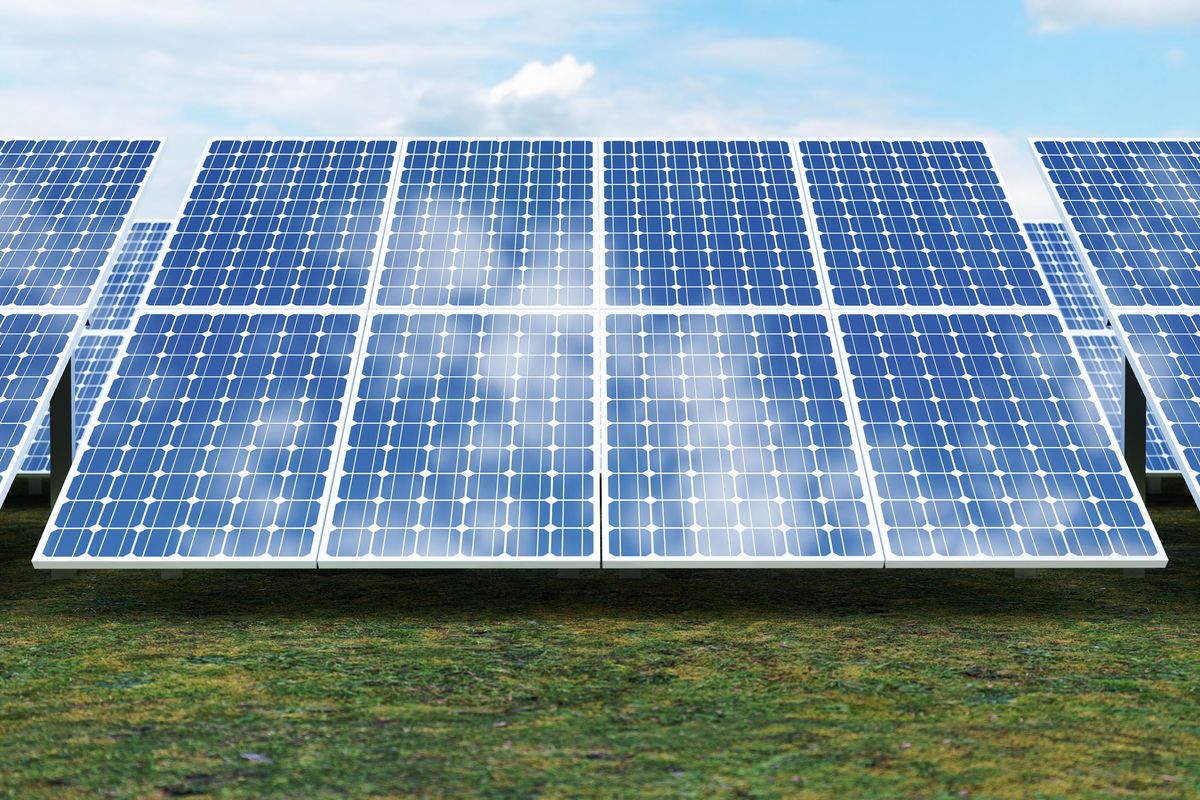In consumer electronics, as in politics, the cover-up is always worse than the crime, and the goal when there’s bad news is containment.
Apple’s hasty press conference today was designed to contain the controversy surrounding the iPhone 4’s antenna design and cellular reception. Reportedly, holding the latest model iPhone in a fairly normal way interferes with call reception, because the antenna is built into the casing’s perimeter in a new way.
According to Steve Jobs, “Most smartphones take a hit exactly the same way.” (He demonstrated three: the Blackberry Bold 9700, the HTC Droid Eris, and the Samsung Omnia II.)
Jobs said there are two issues. First, the phone was reporting too many signal-strength bars in the first place. A software updated distributed yesterday (4.0.1) should fix that. The second issue is the actual drop in signal strength when the antenna/casing is gripped in certain ways. That issue has yet to be resolved. “Phones aren’t perfect,” Jobs said. It’s a “challenge for the whole industry.”
“You'll still see a drop,” Jobs said. “We haven't figured out a way around the laws of physics yet."
Apple is apparently spending quite a bundle researching how best to get around the laws of physics.”We have 17 anechoic chambers," said Jobs. “We've invested over $100 million on this”—though it wasn’t clear what the referent of “this” was. The capital investment for 17 anechoic chambers? The amount spent on antenna design in general? Apple’s entire R&D budget for fiscal 2010?
Jobs claimed that the early “buyer’s remorse” return rate—returning the phone within 30 days for a full refund, no questions asked—for the iPhone 4 was less than a third that of the iPhone 3GS (6 percent vs 1.7 percent). But when you let users return phones with no questions asked, you don’t know the answers to the unasked questions—in particular, why they returned the phone.
If the overwhelming majority of 3GS repairs were for issues other than the reception and dropped calls, while the overwhelming majority of those for the 4 were because of those issues, then there might be many more iPhone 4 returns related to the antenna design than there were for the 3GS.
Jobs also said that according to data gathered by AT&T (the exclusive carrier for the iPhone in the U.S.), there’s only 1 more dropped call per 100 than there is with the 3GS. It’s hard to know what to make of this claim as well. My own experience is that there are so many dropped calls with the 3GS that this statistic is a very cold comfort at best. The dropped-call problem has been such a constant problem with the iPhone that many users probably just don’t bother to call about it—I know I did a few times early on with the iPhone 1, but never since. So I would count as a 3GS owner who has never complained about dropped calls and if had upgraded to the 4, I probably again wouldn’t have called about it.
So another of Jobs’s factoids, “AppleCare data shows only 0.55 percent have called in about reception issues,” seems equally inapposite.
“We've worked the last 22 days on this trying to solve the problem,” Jobs concluded. “And we think we've gotten to the heart of the problem.” As far as I can tell, Apple doesn’t even seem to hear the problem’s heartbeat. Let’s hope the company’s $100 million is invested in better engineering than data gathering.
One final note: The perennially unresponsive and inaptly named Apple Media Hotline did not respond when Spectrum inquired about attending the press conference. Our thanks to Engadget for its excellent live blogging of the event.


